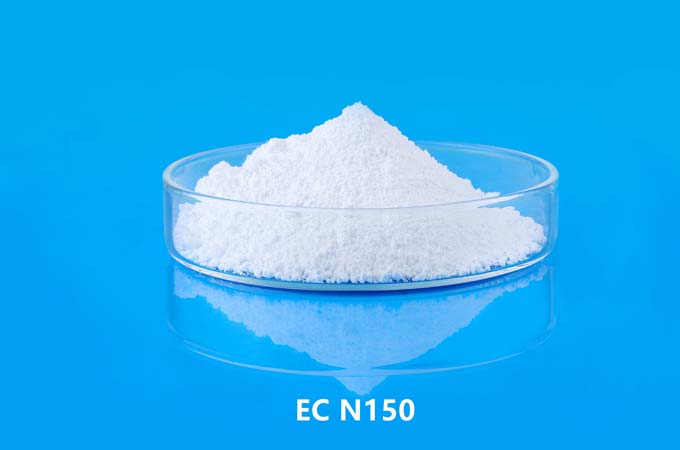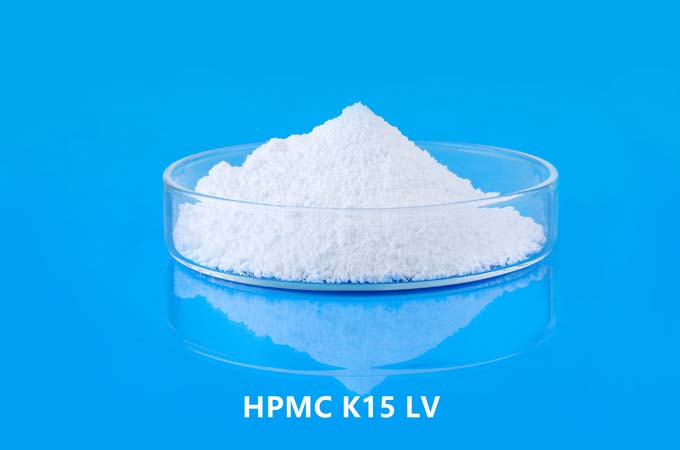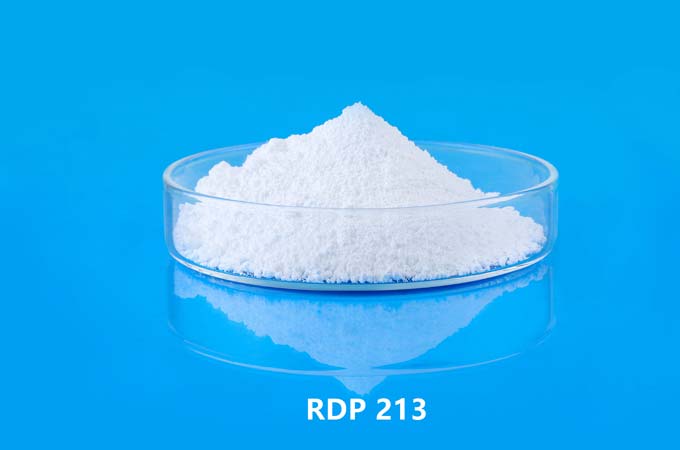Cellulose Ether, Sodium Carboxymethyl Cellulose
Adhesion Effect
The adhesion of CMC in the slurry shows that macromolecules or macromolecules rely on hydrogen bonds and van der Waals forces to form a firm network structure. When water penetrates into the CMC block, the part with less hydrophilic groups will swell, and the part with more hydrophilic groups will be separated from the block immediately after swelling. Due to the inhomogeneous hydrophilic groups in the production of CMC, the dispersed particle size of the micelles is inconsistent. Hydration swelling occurs inside the micelles, and a layer of hydrates, the bound water layer, is bound to the outside. In the early stage of dissolution, the micelles are free in the colloid. Due to the asymmetry of size and shape, and the regular approach to each other under the action of van der Waals force, the combined water layer gradually forms a network structure. Since CMC is fibrous, the network structure formed has a large volume, so it has strong adhesion and can reduce glaze defects.
levitation Effect
If no additives are added, the glaze slurry will settle due to gravity for a long time. When mixing glaze, even adding a certain amount of clay can not significantly prevent precipitation. But after adding a certain amount of CMC, a network structure is formed to support the gravity of the glaze molecules, and the molecules or ions of CMC stretch in the glaze and occupy a certain space, preventing the mutual contact of glaze molecules and particles, improving the dimensional stability, especially It is through the repulsion between negatively charged CMC anions and negatively charged clay particles that the suspension of glaze slurry is increased, so CMC has good suspension in glaze slurry.
CMC CAS: 9004 32 4
Questions to Consider when Choosing a CMC
1). Check the model specification clearly when purchasing, and choose the CMC specification suitable for production.
2). When the glaze is put into the mill, add CMC at the same time, which helps to improve the milling efficiency. In order to achieve the maximum effect, pay attention to the ingredients when pouring water: water = 1%: 0.5% is appropriate.
3). The glaze is best to rot for a day or two, so that the glaze slurry can be stable enough and CMC can play the best effect.
4). The amount of CMC added should be properly adjusted according to the changes of the seasons, the most in summer, the least in winter, and between spring and autumn. Usually the variation range is between 0.05% and 0.1%. If it is left unchanged in winter, it will cause runny glaze, which will dry slowly and cause sticky glaze. Conversely, if the dosage is insufficient, a dense and smooth glaze cannot be achieved. Due to the high temperature in summer, the viscosity of CMC will be degraded due to the influence of bacteria, so anti-corrosion work should be done well in summer and suitable additives should be added.
5). When using, it is best to sieve the glaze with a sieve above 100 mesh, so that the residue of CMC will not affect the glaze surface during firing.
 English
English 日本語
日本語 français
français Deutsch
Deutsch Español
Español italiano
italiano русский
русский português
português العربية
العربية Türkçe
Türkçe Nederland
Nederland



